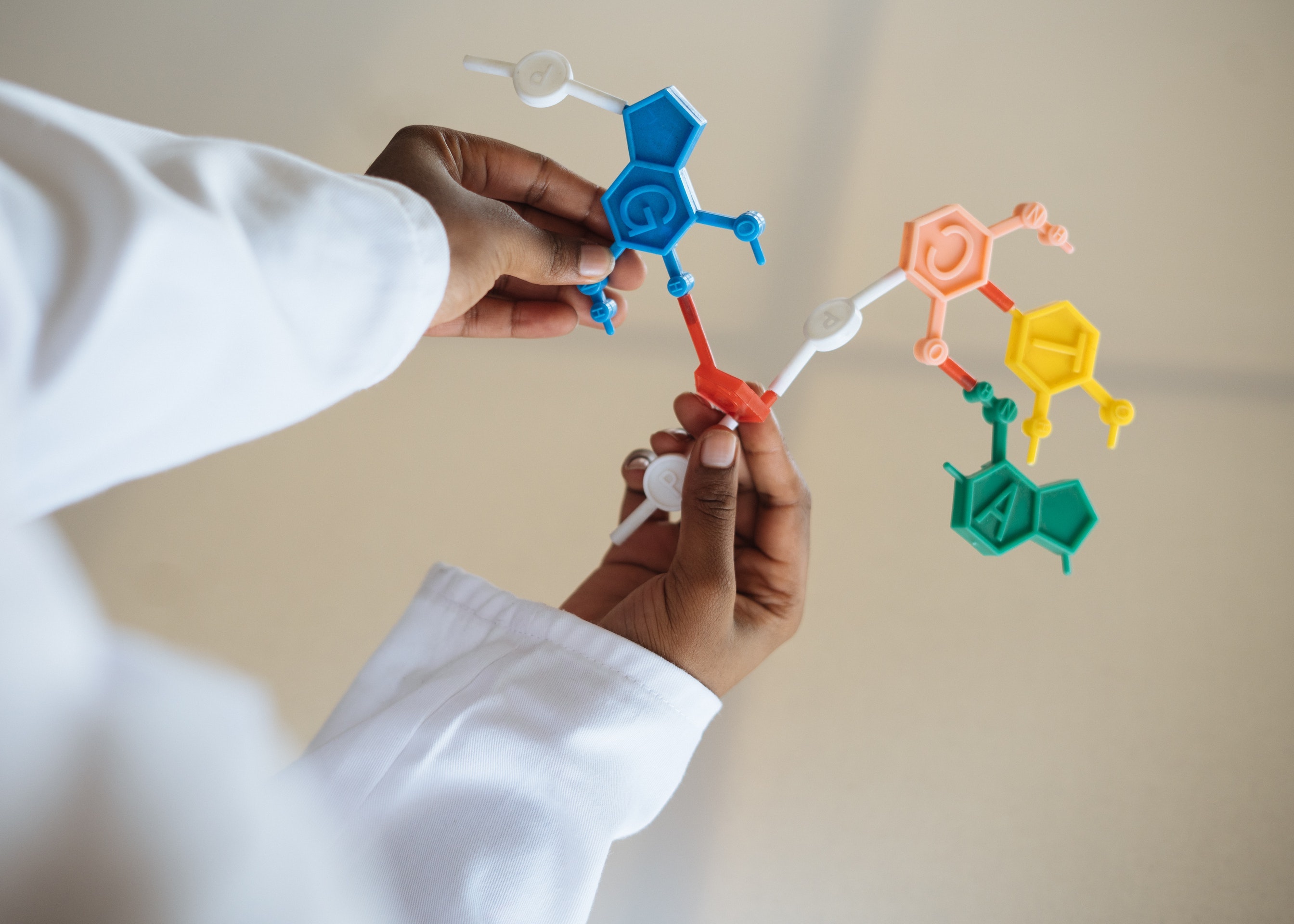 Health & Physiology
Health & Physiology
A Nobel Prize technique in the fight against cancer
Scientist are now able to modify the DNA of living organisms, thanks to the development of a new technology called CRISPR/Cas9. Recently, they designed a new strategy to use this fascinating molecular tool against cancer.

Genome editing is the ability to modify an organism's genetic information, stored in the DNA. In order to alter the genome, scientists were inspired by a system found in nature called CRISPR/Cas9. It is a primitive immune system found in bacteria that allows them to fight against foreign genetic elements and viral infections. CRISPR/Cas9 recognizes and inactivates the DNA of viral invaders, thus destroying their ability to function.
The Nobel Prize in Chemistry in 2020 was awarded to two outstanding scientists, Emmanuelle Charpentier and Jennifer A. Doudna, "for the development of a method for genome editing"- the adaptation of CRISPR/Cas9, so it can edit the genetic information of other living organisms. The system is composed of two main parts, which first recognize a specific location in the DNA, and then cut out or replace a piece in the DNA in that specific location. Imagine you have a simple sentence like "I love you". Using CRISPR/Cas9 you could add, delete or modify one or more letters, leading to a change in the meaning of your sentence ("I loved you") or a loss of the information ("I le you"). In the same way, scientists using CRISPR/Cas9 can modify the genome with precision.
CRISPR/Cas9 is now used in biomedical research on a regular basis, with the goal of making it suitable and safe for clinical therapies. It is also emerging as a powerful tool in the fight against cancer. Cancer is caused by cells acquiring DNA mutations that result in uncontrolled cell proliferation. Researchers are now trying to use CRISPR/Cas9 to reverse this process by targeting tumor survival genes and preventing tumor growth.
One of the biggest challenges in employing the CRISPR/Cas9 system is its relatively large size, which poses an obstacle for an effective delivery to the tumor. The main strategies were using an empty viral shell or a nanoparticle composed of lipids. In this recent paper, researchers showed a new, safe and efficient way to fight cancer by combining CRISPR/Cas9 with lipid nanoparticles.
The study shows that targeting CRISPR/Cas9 to change the genetic information of an important protein of the cell cycle in cancer cells can arrests cells proliferation and stop cancer progression. The successful delivery of CRISPR/Cas9 inside the tumor cells was achieved using lipid nanoparticles. To test if this could work as a potential treatment, scientists injected mice with the nanoparticles containing CRISPR/Cas9 and reported inhibition of tumor growth and increased mice survival. They then demonstrated that the nanoparticles themselves do not cause toxicity nor provoke an immune response, suggesting this method of delivery of CRISPR/Cas9 is safe to use.
Another key challenge in treating cancer arises when the cancer metastasizes, spreading through the body. In this situation, any treatment needs to target only the cancerous cells, while not harming the rest of the organism. With this in mind, the researchers also developed nanoparticles capable of recognizing only the cancer cells of interest, and not the healthy cells.
In conclusion, in this study, scientists developed a new CRISPR/Cas9 system packed in lipid nanoparticles and validated their efficiency against cancer. This novel strategy could be an advantage not only for cancer treatment but also for a high number of other therapeutic applications. Future studies should focus on delivery and long-term safety of this fascinating system, but it already represents a great hope for a cure for a wide range of diseases.
Original Article:
Rosenblum, D. et al. CRISPR-Cas9 genome editing using targeted lipid nanoparticles for cancer therapy. Sci. Adv. 6, (2020).
Edited by:
Dr. Ayala Sela , Associate Editor
We thought you might like
GMOs are not a human invention: sweet potato is a naturally transgenic food crop
Jul 6, 2015 in Plant Biology | 3 min read by Tina KyndtA new code for a new life
May 26, 2016 in Maths, Physics & Chemistry | 3.5 min read by Jordan CostafrolazAmoebas trap bacteria using nets of DNA: the same mechanism as human immune cells
Jan 27, 2017 in Evolution & Behaviour | 3.5 min read by Lukáš NovákWhat happens to our genes in the twilight of death?
Feb 28, 2017 in Health & Physiology | 3.5 min read by Peter Noble , Alex PozhitkovMore from Health & Physiology
Tobacco smoking and other exposures shut off cancer-fighting genes
Aug 31, 2024 in Health & Physiology | 3 min read by Jüri Reimand , Nina AdlerA hidden clock that times cytoplasmic divisions
Aug 30, 2024 in Health & Physiology | 3 min read by Cindy OwWhen two kinases go for a dance
Aug 2, 2024 in Health & Physiology | 4 min read by Ioannis Galdadas , Francesco Luigi Gervasio , Pauline JuyouxAwakening the thymus to cure SARS-CoV-2 infection: a matter of genes
Jul 27, 2024 in Health & Physiology | 3.5 min read by Stefano Marullo , Cheynier RemiKeeping the balance: How epigenetics monitors cancer genes
May 13, 2024 in Health & Physiology | 4 min read by Zach Gray , Madison Honer , Johnathan WhetstineEditor's picks
Trending now
Popular topics


